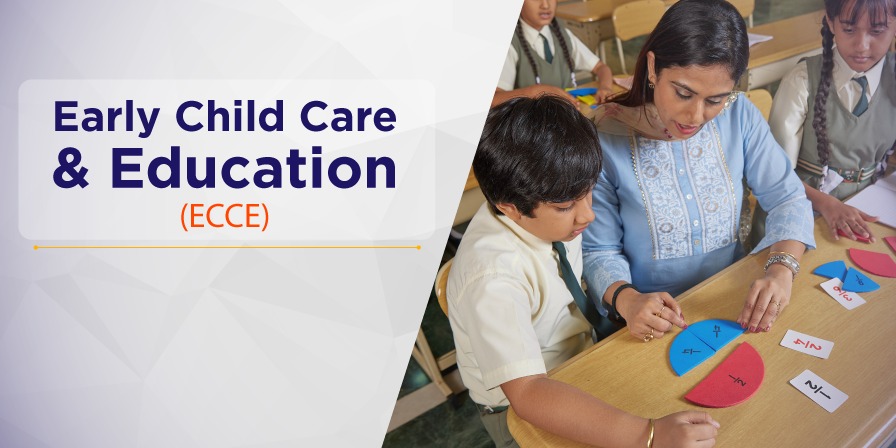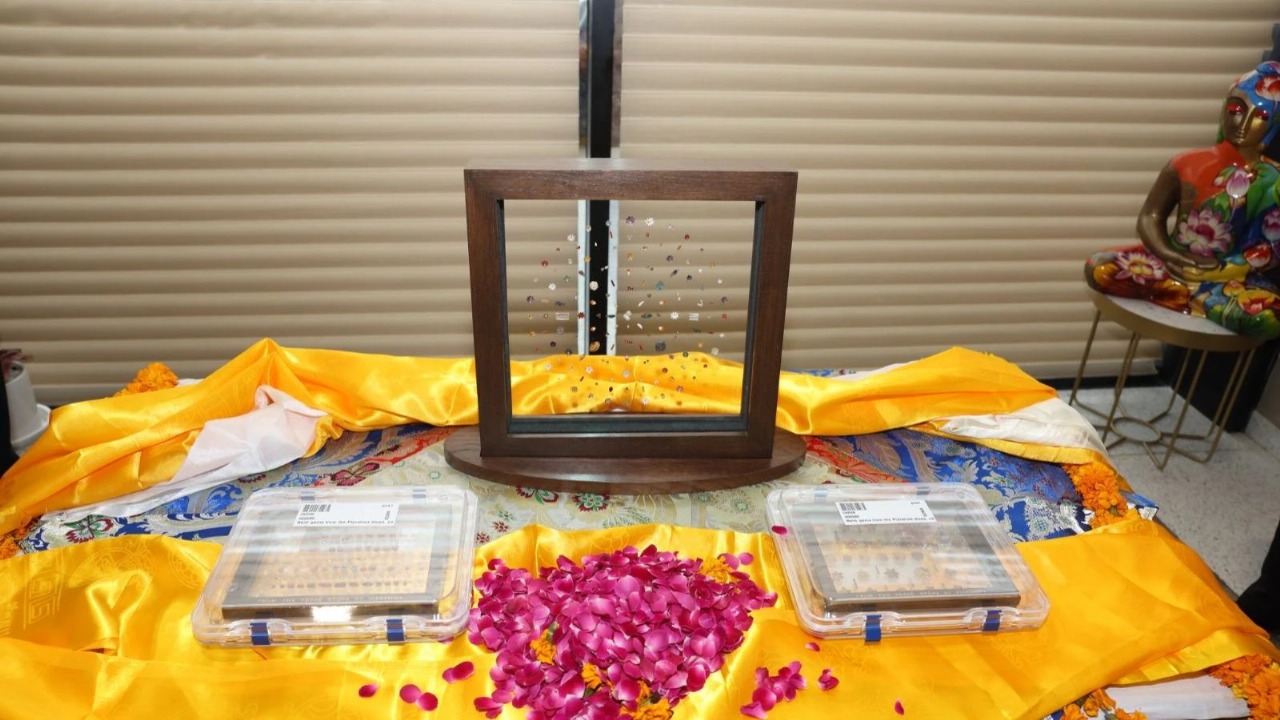
Follow WOWNEWS 24x7 on:

India’s early childhood care and education (ECCE) landscape is undergoing a seismic shift, thanks to the transformative vision of the National Education Policy (NEP) 2020. With a renewed focus on equity, play-based learning, and universal access, the country is reimagining how its youngest citizens begin their educational journey. From Anganwadis to Balvatikas, the foundational years are being reshaped to ensure every child receives nurturing, inclusive, and developmentally appropriate care.
Structural shifts redefining ECCE
1. The NEP 2020 introduces a 5+3+3+4 structure, with the first five years designated as the Foundational Stage, covering ages 3 to 8
2. Within this, Balvatikas—three preschool classes for ages 3 to 6—are being established in government schools to complement and expand the Anganwadi network
3. This move aims to eliminate the early learning divide between private nursery schools and public institutions, ensuring equitable access to quality ECCE
4. The Ministry of Education has begun allocating budgets under the Samagra Shiksha scheme to support infrastructure, training, and curriculum development
Expanding access and infrastructure
1. India’s ECCE infrastructure, long stagnant at around 14 lakh Anganwadi centres, is now set for significant expansion by 2030
2. States like Haryana, Odisha, and Gujarat are actively implementing Balvatika classes, while others such as Uttar Pradesh and Bihar are lagging in utilization
3. The goal is universal access to ECCE by 2030, with every child aged 3–6 receiving three years of pre-primary education
4. This expansion demands robust personnel management, including recruitment and training of ECCE educators and Anganwadi workers
Migration from Anganwadis to schools
1. A growing trend shows parents preferring preschool classes in government schools over Anganwadis, perceiving them as more education-focused
2. In regions like Dadra and Nagar Haveli and Daman and Diu, preschool classes have been introduced in all primary schools, accelerating this migration
3. This shift risks diminishing the traditional role of Anganwadis as vibrant centers of early childhood care
4. To adapt, Anganwadis must integrate education more prominently into their services, balancing health, nutrition, and learning
Balancing play and pedagogy
1. Experts caution against excessive schoolification of preschool education, urging that play remain central to early learning
2. Balvatikas are designed to be play-based, with activities that foster early literacy, numeracy, and socio-emotional development
3. The Ministry of Women and Child Development’s Poshan bhi Padhai bhi initiative aims to integrate nutrition and education in Anganwadis
4. Success depends on ground-level implementation, including measurable increases in time spent on educational activities by Anganwadi workers
Curriculum and teacher training
1. NCERT is developing a National Curricular and Pedagogical Framework for ECCE for ages 0–3 and 3–8
2. Anganwadi workers are being trained through digital modules and certificate programs to deliver quality ECCE
3. Long-term plans include professionalizing ECCE educators and ensuring continuous development
4. Tribal and remote areas will see gradual expansion of ECCE services through Ashramshalas and alternative schools
Looking ahead
India’s ECCE transformation is not just a policy shift—it’s a generational investment. By integrating play-based learning, expanding infrastructure, and bridging educational inequities, the NEP 2020 lays the foundation for a more inclusive and empowered future. As Balvatikas bloom and Anganwadis evolve, the country moves closer to ensuring that every child begins life with the care, stimulation, and dignity they deserve.
Sources: The Hindu, PWOnlyIAS, StriveEdgeIAS, Ministry of Education Bulletin


